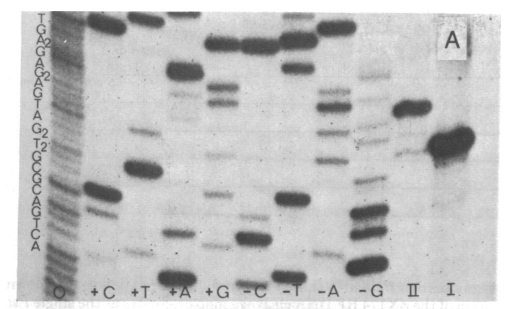How were the recognition sequences (e.g. GAATTC of EcoRI, GGATCC of BamHI) characterised? Text books only list the recognition sites but never the methodologies used to determine the sequences.
1 Answer
This paper describes a simple method to determine restriction sites, which was used to determine the restriction sequence of the previously uncharacterised enzyme from Haemophilus gallinarum.
In short, a known sequence of DNA (from the phage $\phi \text{X174}$) is partially digested with the restriction enzyme, and the various digested fragments can be used to determine the relative distances between each of the restriction sites.
Then, the restriction fragments are extended using T4 polymerase and sequenced using $^{32}\text{P}$ labelled Sanger sequencing.
Once the restriction map of the enzyme on the known DNA sequence is completed, the individual fragments can then be checked for similarities. For example, HgaI has a recognition site outside of the restriction site. Therefore, when the individual restriction sites are compared, it can be seen that all of them have the recognition site GACGC.
-
2$\begingroup$ Wonderful, the paper is also openly accessible without a subscription! Wonder if this is still the method of choice nowadays for sequence determination given the advances of next generation sequencing platform... $\endgroup$– GreenCommented Mar 7, 2016 at 8:14
-
$\begingroup$ @Green Presumably for restriction enzymes, Sanger sequencing (albeit with improved methods, such as the BigDye-based sequencing technique) is likely to be still superior to high throughput sequencing, as the number of sequences required to determine the restriction recognition site is very small and not sufficient to make high throughput sequencing worthwhile. $\endgroup$– March HoCommented Mar 8, 2016 at 3:00


